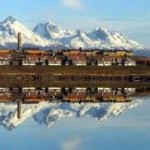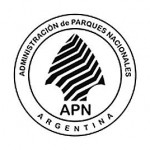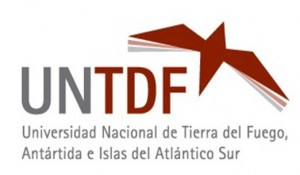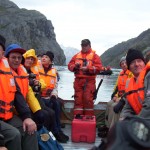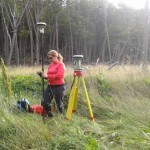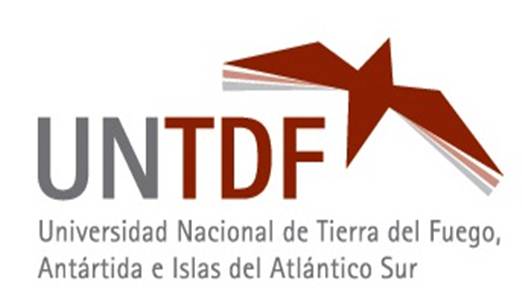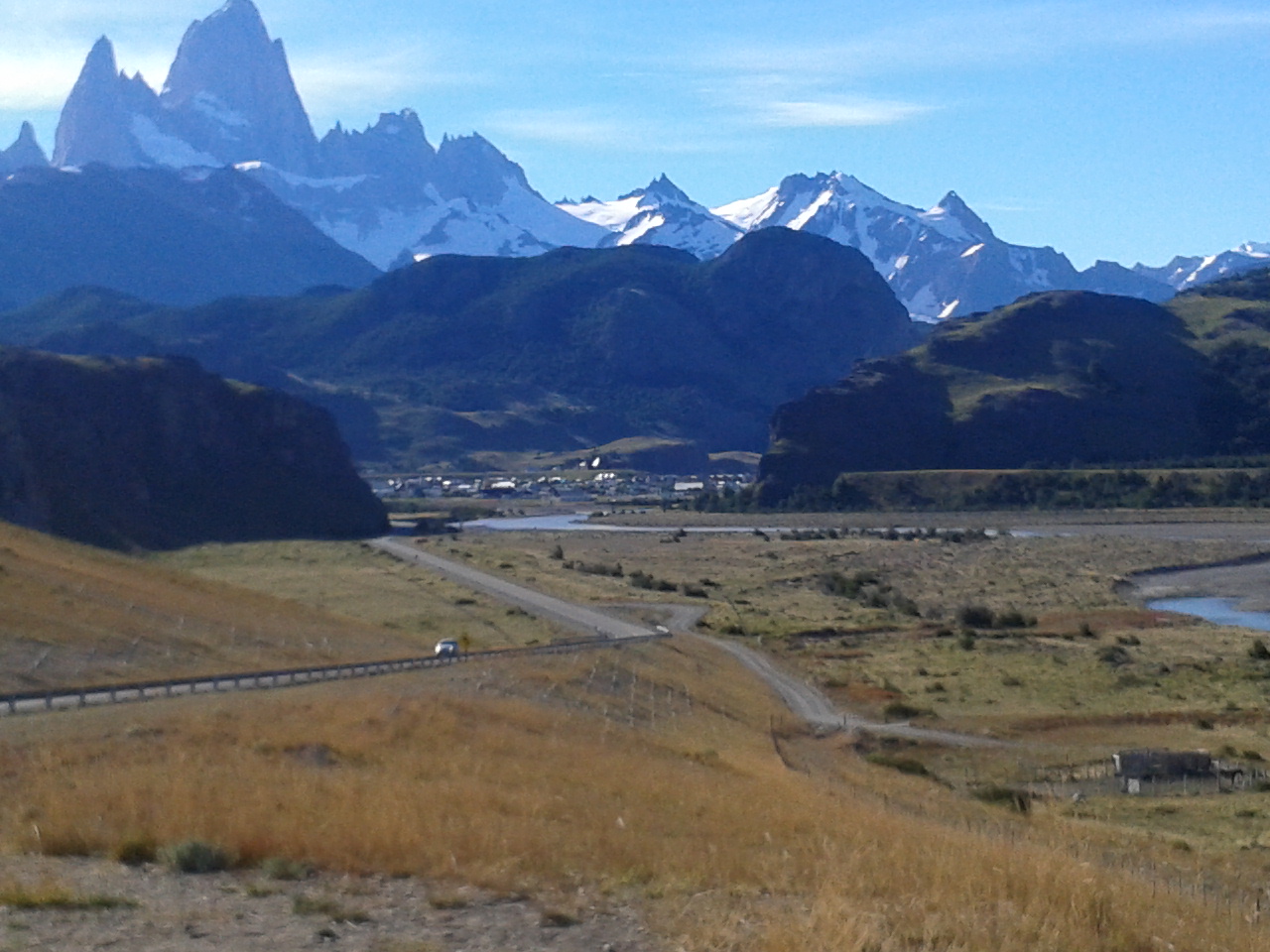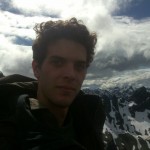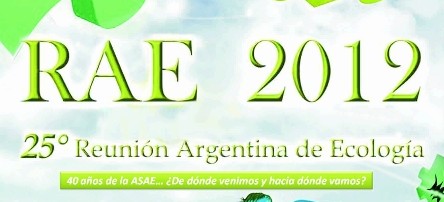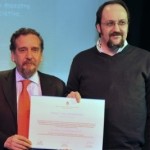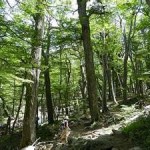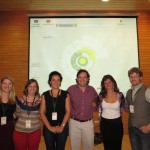 Socio-ecology: advancing towards the integration of the “human dimension” in the study and understanding of ecosystems in southern South America. 5th Binational Ecology Meeting, Puerto Varas, Chile. Salón Osorno, Hotel Patagónico, 8:30-11:30, 5 November 2013
Socio-ecology: advancing towards the integration of the “human dimension” in the study and understanding of ecosystems in southern South America. 5th Binational Ecology Meeting, Puerto Varas, Chile. Salón Osorno, Hotel Patagónico, 8:30-11:30, 5 November 2013
The objective of this panel was to analyze how the study and management of socio-ecological topics can generate a greater understanding and favor the search for solutions at the local/regional level. Through presentations, discussions and associated posters, this symposium seeks to achieve a revision and analysis of the conceptual and methodological advances that are necessary to achieve a true and effective integration between natural and social sciences and the humanities. From this symposium, we hope to generate proposals that contribute to the projection of socio-ecology in Chile and Argentina as well as a Latin American and global scale. A manuscript for the Debates section of Ecologia Austral is currently in preparation by the symposium participants.

